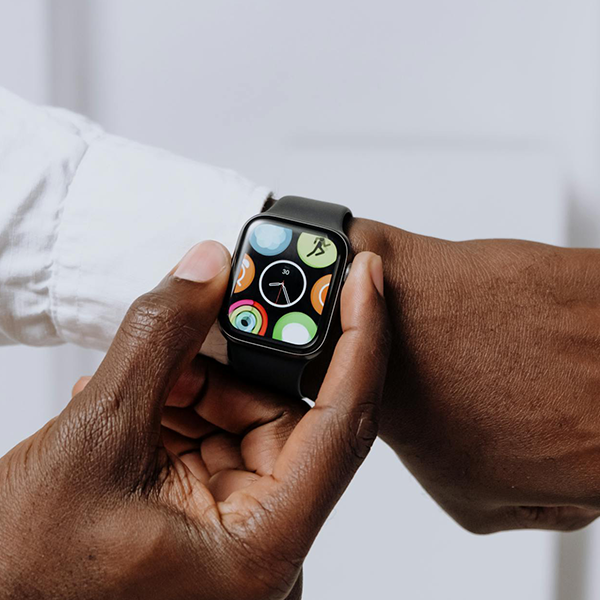Fabiola M. Martinez Licona
In recent years, telehealth and remote patient monitoring have emerged as transformative technologies in healthcare delivery, offering new opportunities to improve access to care, enhance patient outcomes, and reduce healthcare costs. These innovative approaches leverage advancements in digital health technologies, connectivity, and data analytics to enable remote consultations, monitoring, and management of patients’ health conditions.
As these technologies continue to evolve, clinical engineering plays a vital role in shaping their future and ensuring their safe and effective integration into healthcare systems.
Telehealth encompasses a wide range of services, including virtual consultations, telemedicine visits, remote monitoring of vital signs, and telehealth-enabled care coordination. These services allow patients to access healthcare providers from the comfort of their homes, eliminating the need for in-person visits and reducing barriers to care, such as travel time and distance. Clinical engineers are instrumental in implementing and optimizing telehealth platforms, ensuring that they meet the highest standards of quality, reliability, and security.
One key challenge in telehealth implementation is ensuring seamless integration with existing healthcare infrastructure and electronic health records (EHR) systems. Clinical engineers work closely with IT specialists, software developers, and healthcare providers to design interoperable telehealth solutions that can exchange data securely and seamlessly with EHR systems. They also ensure that telehealth platforms comply with regulatory requirements, such as HIPAA regulations for patient privacy and data security.
Remote patient monitoring (RPM) is another critical component of telehealth that allows healthcare providers to track patients’ vital signs, symptoms, and health metrics remotely. RPM technologies, such as wearable sensors, mobile health apps, and connected medical devices, enable continuous patient health monitoring outside traditional healthcare settings. Clinical engineers play a key role in selecting, configuring, and integrating RPM devices into clinical workflows to enable real-time monitoring and early detection of health issues.
Furthermore, clinical engineers are involved in ensuring the accuracy, reliability, and safety of RPM devices through rigorous testing, validation, and calibration procedures. They collaborate with manufacturers, healthcare providers, and regulatory agencies to establish standards and guidelines for RPM device performance and usability. By ensuring the quality and reliability of RPM technologies, clinical engineers help healthcare providers make informed decisions and deliver personalized care to patients based on real-time data and insights.
Looking ahead, the future of telehealth and remote patient monitoring holds tremendous promise for transforming healthcare delivery and improving patient outcomes. Advances in artificial intelligence (AI), machine learning, and predictive analytics will enable more personalized and proactive approaches to remote monitoring and disease management. Clinical engineers will continue to play a crucial role in driving innovation, ensuring patient safety, and optimizing the use of telehealth and RPM technologies to meet the evolving needs of healthcare systems and patients.
Telehealth and remote patient monitoring represent the future of healthcare delivery, offering new opportunities to improve access, efficiency, and quality of care. Clinical engineers are essential partners in the development, implementation, and optimization of telehealth and RPM technologies, ensuring their safe, effective, and sustainable integration into healthcare systems. By leveraging their expertise in medical devices, information technology, and regulatory compliance, clinical engineers contribute to the advancement of telehealth and remote patient monitoring and, ultimately, to the improvement of patient outcomes and people’s health.
Image credits: cottonbro studio

